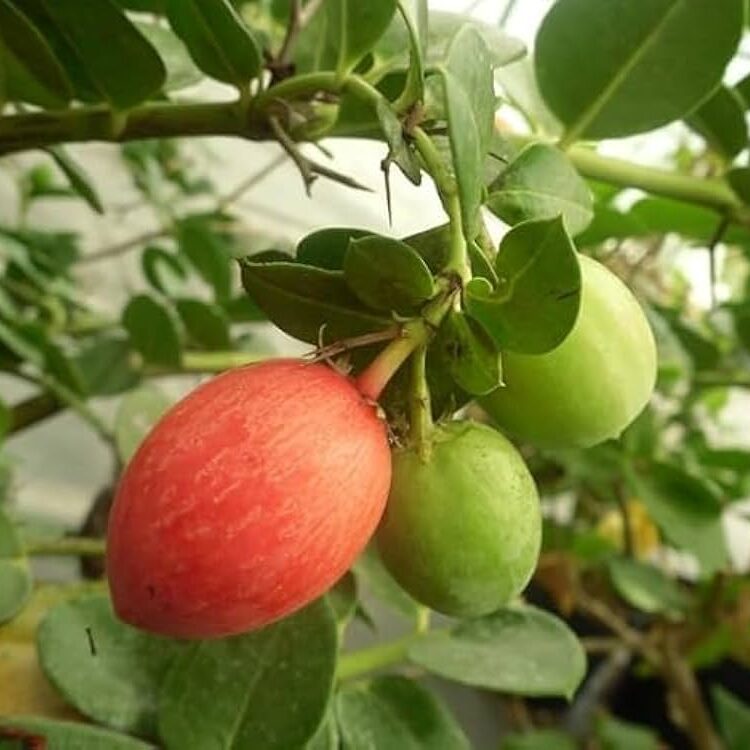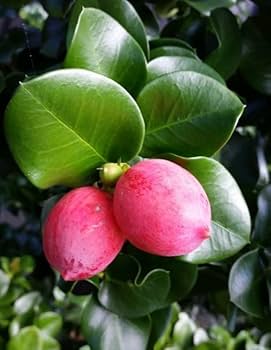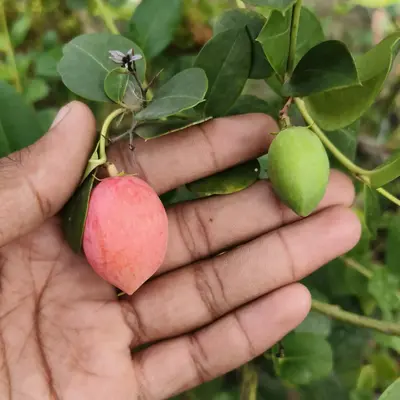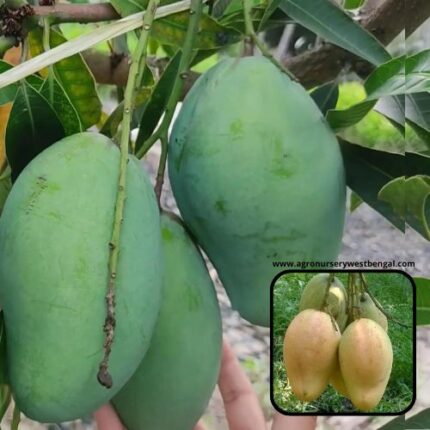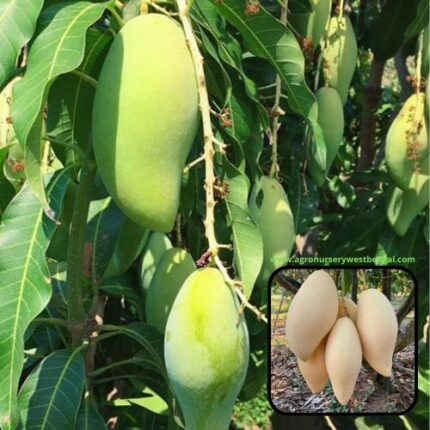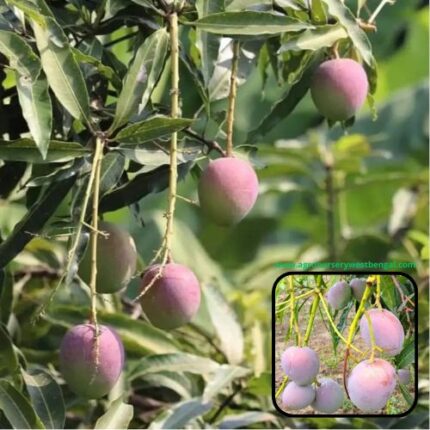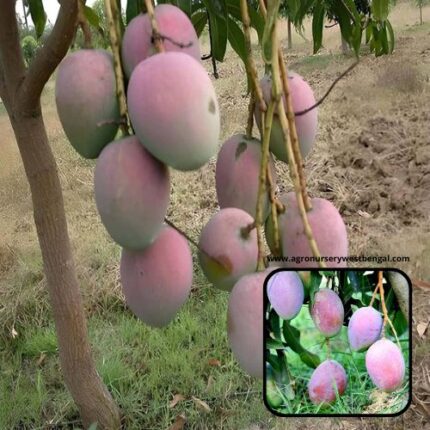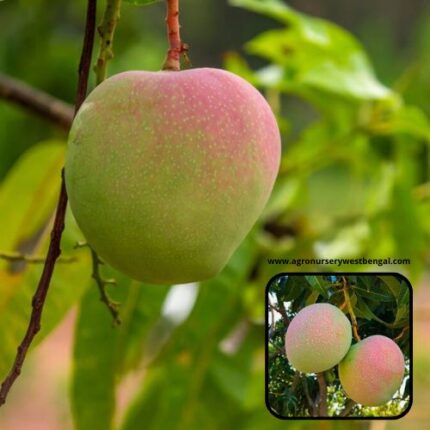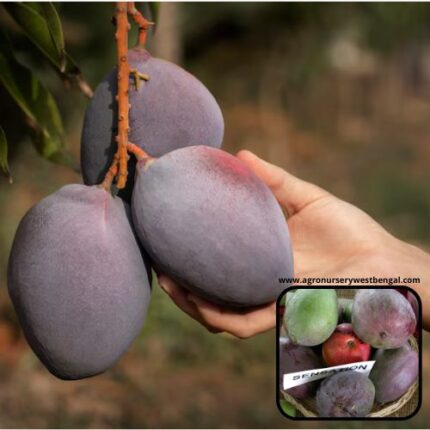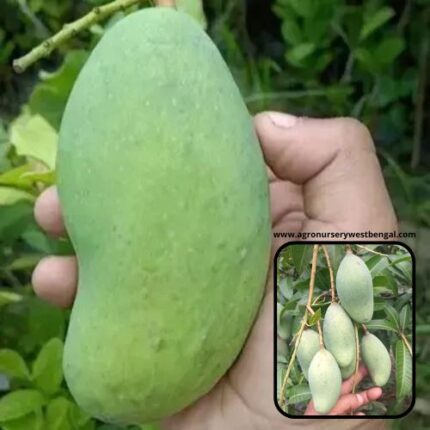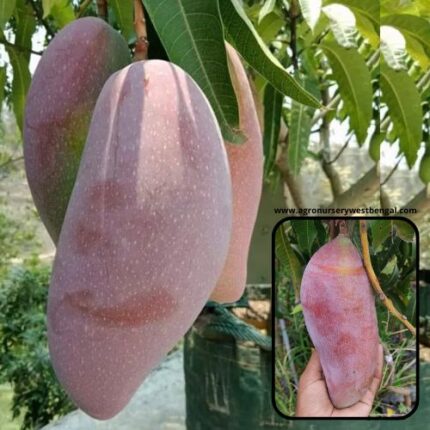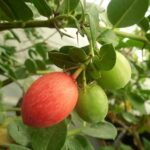
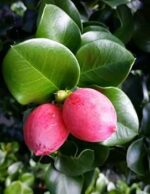
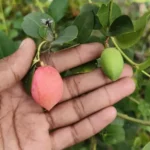
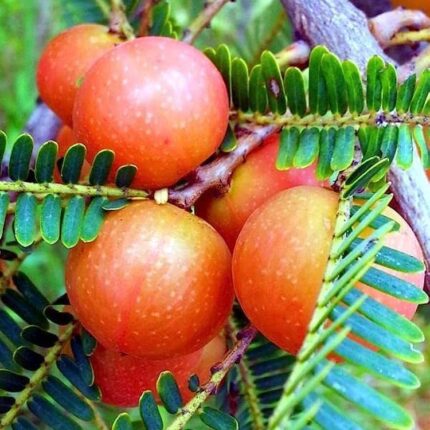
Red Amla fruit plants
₹829 Original price was: ₹829.₹489Current price is: ₹489.
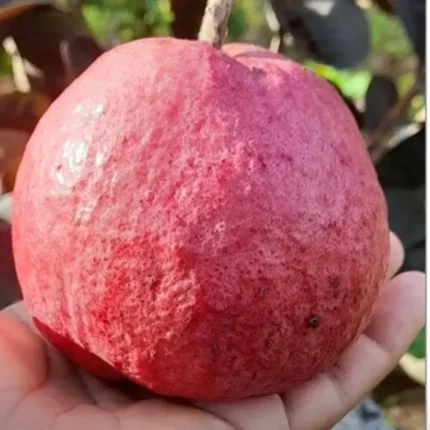
Black Diamond guava fruit plants
₹1,899 Original price was: ₹1,899.₹1,199Current price is: ₹1,199.
Sweet karonda fruit plants
₹799 Original price was: ₹799.₹449Current price is: ₹449.
Category: Fruit Plants
Description
“Sweet Karonda” refers to specific cultivars of the Karonda fruit (Carissa carandas), which is generally known for its tart and acidic flavor. While the wild or common karonda is quite sour and primarily used in pickles and preserves, the “sweet” varieties are bred to be more palatable for fresh consumption.
Here’s a detailed description of the Sweet Karonda fruit:
-
Appearance:
- Shape and Size: Sweet Karonda fruits are small berries, typically oval to ovoid in shape, averaging 1 to 3 centimeters in length. They grow in clusters.
- Skin (Rind): The skin is thin but tough and edible. When young, the fruits are green to white. As they ripen, they transition through a vibrant red-pink hue, eventually maturing to a dark purple or nearly black color. The skin becomes slightly less taut and may show some wrinkles when fully ripe.
- Internal Flesh: The flesh underneath the skin ranges from pale red to crimson, depending on the ripeness. It’s aqueous (watery) and somewhat soft.
- Seeds: Each fruit contains 2 to 8 flat, brown seeds embedded within the flesh. These are edible but can be hard.
- Latex: Unripe or freshly harvested fruits may exude a milky white latex (sap) when cut or picked. This is typically removed or allowed to dry before consumption, as it can be astringent.
-
Taste and Texture:
- Taste: The defining characteristic of “sweet karonda” is its subtly sweet, yet still distinctly tart and sometimes mildly bitter or acidic flavor profile. Compared to the very sour wild varieties, the sweetness is more pronounced, making them enjoyable raw. The flavor can be described as a unique blend, often compared to cranberries or black currants, but with its own tropical nuance. The sweetness can vary based on ripeness and specific cultivar.
- Texture: The flesh is juicy and soft when fully ripe, but the seeds offer a crunchy contrast.
-
Botanical Characteristics and Origin:
- Sweet Karonda is a cultivar of Carissa carandas, a woody, thorny, evergreen shrub belonging to the Apocynaceae family. It’s native to tropical and subtropical regions of the Indian subcontinent and Southeast Asia.
- These plants are often cultivated in home gardens or for small-scale commercial use, and some are found wild.
-
Seasonality:
- Karonda fruits are typically available during the summer through early fall in India, with local availability varying by region.
-
Nutritional Value and Health Benefits:
- Karonda is a nutritious fruit, rich in:
- Vitamin C: An excellent source, crucial for immune function and antioxidant protection.
- Iron: Very high in iron, important for blood health and preventing anemia.
- Vitamin A: Beneficial for vision and skin.
- Dietary Fiber: Aids in digestion and promotes gut health.
- Minerals like phosphorus and calcium.
- Antioxidants like flavonoids and phenolic compounds, contributing to anti-inflammatory and other protective properties.
- In traditional medicine systems like Ayurveda, karonda is used for its purported benefits in aiding digestion, treating fever, skin infections, and supporting liver and heart health.
- Karonda is a nutritious fruit, rich in:
-
Culinary Uses:
- Fresh Consumption: While some people eat them raw, especially the sweeter varieties, they are often enjoyed with a sprinkle of salt or sugar to balance the tartness.
- Juices and Beverages: The vibrant red juice of ripe karonda is used to make refreshing beverages, syrups, and cordials.
- Jams, Jellies, and Preserves: Due to their high pectin content and balanced sweet-tart flavor, sweet karondas are excellent for making jams, jellies, and marmalades.
- Pickles and Chutneys: Even the sweeter varieties can be used in savory pickles and chutneys, providing a tangy kick.
- Desserts: They can be used as a substitute for cranberries in baked goods like pies, tarts, and muffins, or candied to resemble cherries. They can also be incorporated into a variety of Indian desserts.
The Sweet Karonda offers a delightful taste experience that bridges the gap between its tart relatives and more commonly consumed sweet berries, making it a versatile and healthful fruit

